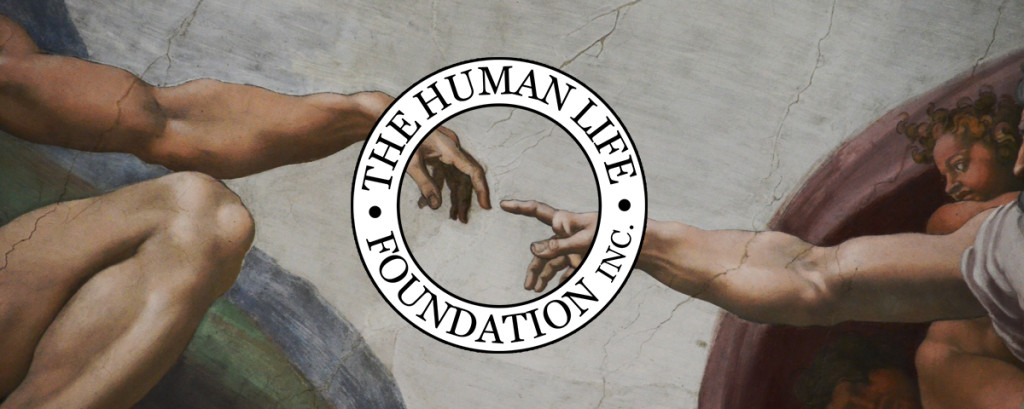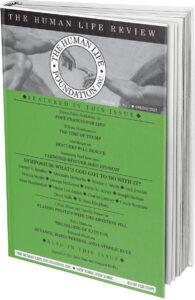Bird Box and Our Inner Demons
Despite mixed reviews, Bird Box is Netflix’s most popular film ever, with more than 45 million account views in its first week. Some critics claim that its popularity has been meme-driven. Its’ signature image, a blindfolded, hunted character—played by Sandra Bullock—who is beset by mysterious unseen dangers, speaks to us. Deeper still, she is hiding from her own inner demons, which she cannot bear to face. And while we may not be sure what these are, they are deeply unsettling.
The nature of the malevolent force in the movie offers a near perfect melding of the two most common biblical names for the devil: Satan (which means “Accuser”) and Lucifer (“Light Bearer”). It is an accusing light that reveals unbearable, hidden sins, driving those who look upon it to despair. This evil force is unencumbered by any limiting specificity. It is both being and non-being. Christian theology describes evil as an absence of good, but in some instances, the work of the devil is itself a force that has character. The seven deadly sins are sometimes described as spirits because they each have a character. Through careful restraint, Bird Box portrays evil as both being and non-being—like a black hole, an all but irresistible emptiness which draws people into their own private terrors. And from there into the non-being of suicide.
Mallory (derived from the Old French malloret, meaning “the unfortunate one”) is a reclusive artist, so deeply estranged from other people that she is afraid she will not be able to bond with the child she carries in her womb. Her brokenness is not explored in the film, but Bullock is perfectly sympathetic, her awkwardness signaling virtue at a time when many of us are increasingly awkward and estranged from other people. When all hell literally breaks lose, Mallory and her sister are leaving an ultrasound appointment, her doctor having warned her: “Sooner or later you’re going to have to face what’s inside of you.”
The rest of the film is dimly lit, slow-paced, and predictable, hardly the stuff of a blockbuster. But at this point we don’t need much; there’s already plenty to chew on. We can’t help but wonder if we, too, are hiding from some repressed evil. Or more to the point, are we trying to barricade the doors of our souls, terrified by the evil that may lurk within us? Is this because we possess a deep spiritual integrity, which requires that we pass unflinching judgment on our own transgressions? Maybe not.
In important ways, the story is a very modern American one, a perfect depiction of “Spiritual, not Religious.” There is no mention of God, no religious symbolism of any kind. At no point does Mallory or any other character offer up a spontaneous prayer in a moment of terror. This is not the America of yesterday, when George Bailey was about to jump off a bridge in It’s a Wonderful Life. God was everywhere in that movie and in that age. Birdbox is Godless. Still, there is a powerfully malevolent spiritual presence in the film. And there is judgment.
However, in a pragmatic modern American way, the judgment is evaded rather than faced. There is no attempt to make sense of or to reconcile with it, only to escape from it. There is no metaphysics, no reflection on the nature of Being, or Good and Evil as such. No circumspection, no deep inventory of what we may have gotten wrong and why we are so deeply tragic and suicidal. The solution is simply “Don’t look, escape.” It is a prepper for a country in the throes of a nervous breakdown. And yet, Birdbox also points beyond itself.
The film is worthwhile insofar as it shows that truly great evil emanates from unreconciled sins buried within our own souls. We know that we are increasingly haunted. In our lifetime, Halloween has been transformed from All Saints Eve into a soulless parade of Disney characters and more recently into a dress-rehearsal for a zombie apocalypse. The harder we work to remain young the more we become enthralled by a dark shadow of fear. We have internalized the principle of progress; newer is better. And so our children, who are next year’s model, about to make us obsolete, can seem like existential enemies. Abortion has become a dark sacrament, preserving youth, forestalling the death-to-self of parenthood.
Bird Box doesn’t take us where we need to go; it doesn’t even pull down the barricades blocking the doors of our souls. But it does point our attention in the right direction.









